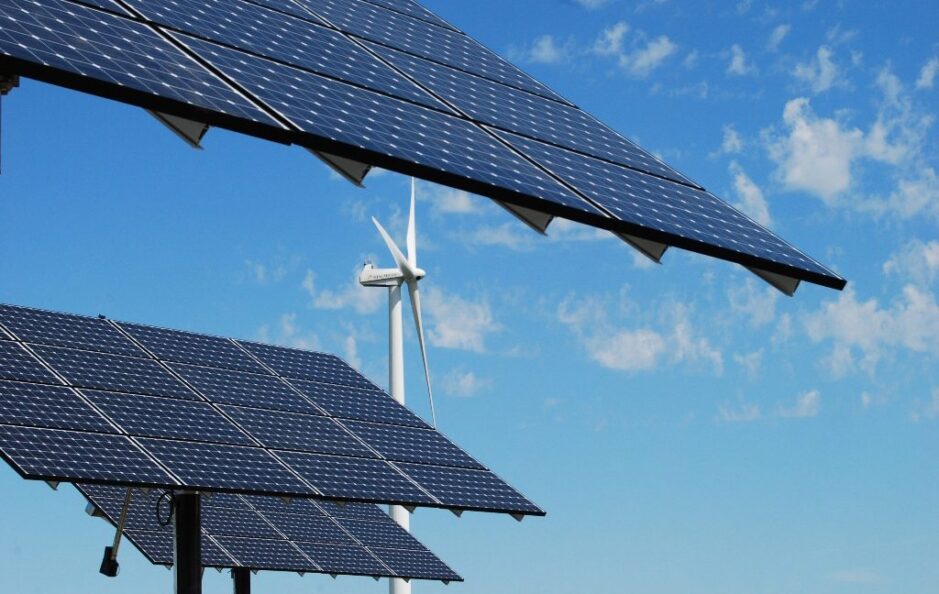Controversy Surrounds Administration’s Energy Policy Proposal
An early evaluation of the U.S. administration’s proposed energy policies has raised significant concerns regarding environmental impacts and job loss. Critics argue that the plans could lead to extensive drilling activities, with projections indicating that 50,000 new oil wells may be established annually in the coming years. This has sparked outrage among environmentalists and labor leaders alike, who fear that these policies represent a step backward in the fight against climate change.
Environmental Concerns
Critics, including environmental advocates, have voiced strong opposition to the proposed energy policies. One prominent critic argued that the policies would contribute to land devastation, soil and groundwater contamination, and an increase in gas blowouts and fires. Furthermore, an analysis by the Rhodium Group, a respected energy policy research institute, highlighted that the planned policies could lead to approximately 4 billion tons more greenhouse gas emissions than maintaining current policies. This increase is significant enough to potentially raise the average global temperature by 0.0072 degrees Fahrenheit, raising alarms among climate scientists and activists.
Economic Implications for Construction Workers
The proposed energy policies have also garnered criticism from labor leaders. Sean McGarvey, president of North America’s Building Trades Unions, described the budget proposal as a "massive insult" to construction workers. He expressed grave concerns that the legislation could result in the biggest job-killing bill in U.S. history, endangering around 1.75 million construction jobs and leading to losses exceeding $148 billion in annual wages and benefits. McGarvey’s assertion underscores the potential for significant economic fallout tied to the proposed energy regulations, with comparisons drawn to the job losses that would result from shutting down 1,000 Keystone XL pipeline projects.
Misinformation and Public Perception
Adding another layer of complexity to the situation, research has indicated that right-wing populist movements have successfully used misleading arguments against renewable energy to sway public opinion. Stephan Lewandowsky, a cognitive psychologist specializing in misinformation, noted that these movements often utilize social media to propagate false narratives about emissions-free energy sources. He cautioned that the current narrative supports fossil fuel industries at the expense of future generations and the broader economy.
Lewandowsky emphasized that while other nations, particularly China, are advancing toward renewable energy economies, the U.S. risks falling behind. He stated, “You can’t negotiate with the laws of physics,” highlighting the urgency for a shift toward sustainable energy solutions.
Conclusion: A Diverging Path for Energy Policy
The proposed energy policies represent a critical junction in U.S. energy strategy, juxtaposed between economic interests and environmental responsibilities. The harsh critiques suggest that the implementation of these policies could exacerbate climate change, undermine labor protections, and hinder the transition to renewable energy. With potential long-term repercussions for both the environment and the economy, the controversy surrounding these proposals underscores the larger debate on how to effectively balance energy needs with sustainability goals. As the dialogue continues, the stakes remain high for workers, the environment, and the future of American energy independence.









